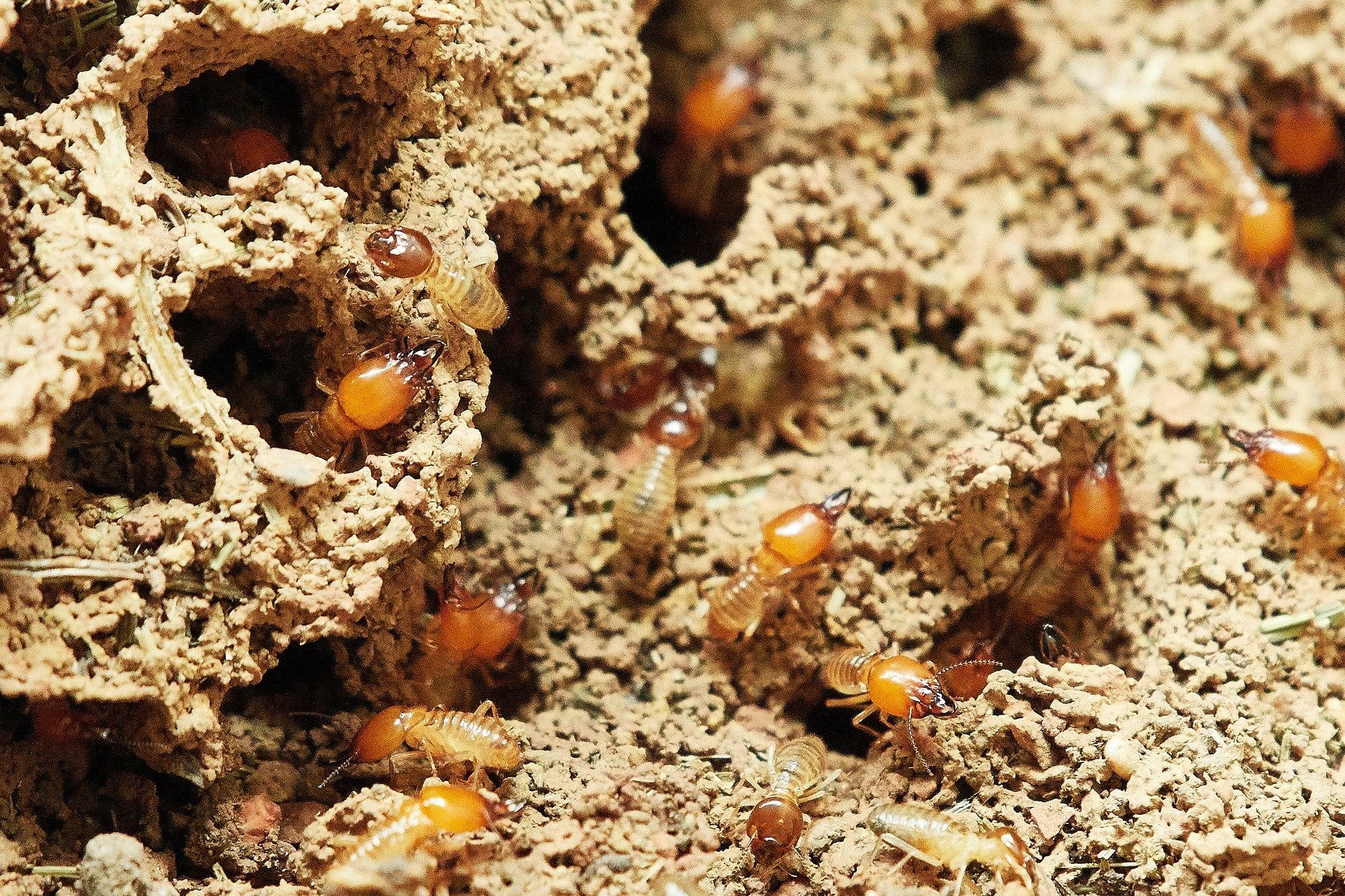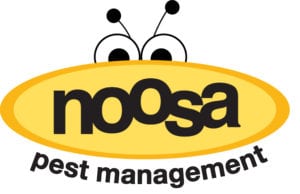Everything You Need to Know About Termite Swarming

OK, so it’s January. Not a time when many of us worry about termites. But the weather has been pretty warm recently and spring is just around the corner. Forewarned is forearmed. So, here’s the Noosa Pest Management guide to swarming termites: what you need to know and what you need to do.
Everything You Need to Know About Swarming Termites
Termite types
There are many different species of termite in the world, but they can be broadly separated into two categories:
Subterranean termites
As the name suggests, subterranean termites nest underground. They are the most widely distributed termite in North America and are found across the entire continent, with the exception of Alaska. Because of their dwelling habits, most people will not be aware that subterranean termites are living nearby until they swarm. This usually happens between March and June. But if you know what you’re looking for, they do leave signposts to their homes, in the form of mud tubes, which they use to prevent dehydration as they move between their home and their food source (often your home).
Drywood termites
Unlike the subterranean varieties, the drywood termite lives where it eats. They infest structures, set up home and devour. The only time you’re likely to see them is when they swarm – looking for a new meal ticket. These guys usually only swarm in the evening.
How can you identify swarming termites?
Swarming termites look a lot like flying ants. Same color. Approximately the same size. And they are very rarely alone. They do have a slightly different body structure to flying ants, in that their bodies are straighter (they don’t have the ant’s hourglass) and their wings are identically formed, while flying ant’s wings are often uneven. But the major difference is that termite wings drop off when they find a new home. This gives you an extra chance to spot an infestation, even if you’ve not seen the swarm. If you notice wings littering your property, you need to contact a pest control expert immediately.
Why do termites swarm?
Just like bees, wasps or any other swarming insect, termites swarm to find new food sources and create new colonies. As the young termites approach maturity, they will grow wings, enabling them to ‘fly the nest’ and set up homes of their own. In volume. On your premises. Termites tend not to fly very far, usually using a breeze to carry them to their next destination. Once they have found it, their wings become redundant and will fall off.
How do you know if you have a termite infestation?
If you’ve not seen the swarm happening, or seen any discarded wings, you might notice other signs of an infestation. These include:
- Quiet banging or clicking noises in the walls
- Tight-fitting or hard to open doors and windows
- Weak or hollow-sounding timber
- Tunnels in any removed wood
- The mud tubes of subterranean termites, usually on the outside if your property.
What should you do if you’ve found signs of a termite infestation?
If you think you have a termite problem, the first things you need to do is try to identify the species, how they got in and where they are now. Then you can move on to treatment. And the sooner you act the better, if you don’t want your home turning to sawdust! Don’t forget that homeowner insurance does not cover termite damage!
There are two main forms of treatment:
Liquid treatment – Termite poison can be used around sites where the insects have already infested. This effectively destroys the creatures, removing the threat from you home. Organic, botanical options are available.
Baiting stations – This involves attracting the termites to a bait source away from your home. Once the creatures have eaten the bait your problem has been solved.
Many people use both options together.
DIY termite treatments are available, but it can be safer to call in the experts.
Final thoughts
If in doubt, check it out. Termites cost the US billions of dollars every year. The average homeowner repair bill is in the region of $3,000. If you have even the smallest concern that you might have a termite problem, seek help. This is one case where ignorance is far from bliss.
Noosa Pest Management provides complimentary termite inspections. If you live in or around Charlotte, get in touch to claim yours today!

Fred Wingate
Chief Bugman
Fred Wingate is the dedicated Owner and Chief Bugman at Noosa Pest Management, a thriving pest control company in Charlotte, NC. He established the company in 2006 with a vision to provide exceptional pest management services to the local community. By staying up-to-date with the latest advancements in pest management and fostering a culture of continuous improvement, he ensures that Noosa Pest remains at the forefront of the industry.
Not only is Fred deeply invested in the well-being and satisfaction of his clientele, he is also passionate about supporting the local community, including schools, churches, and other organizations. The future of our community is important to Noosa Pest, and proudly contributes to its growth and prosperity.
